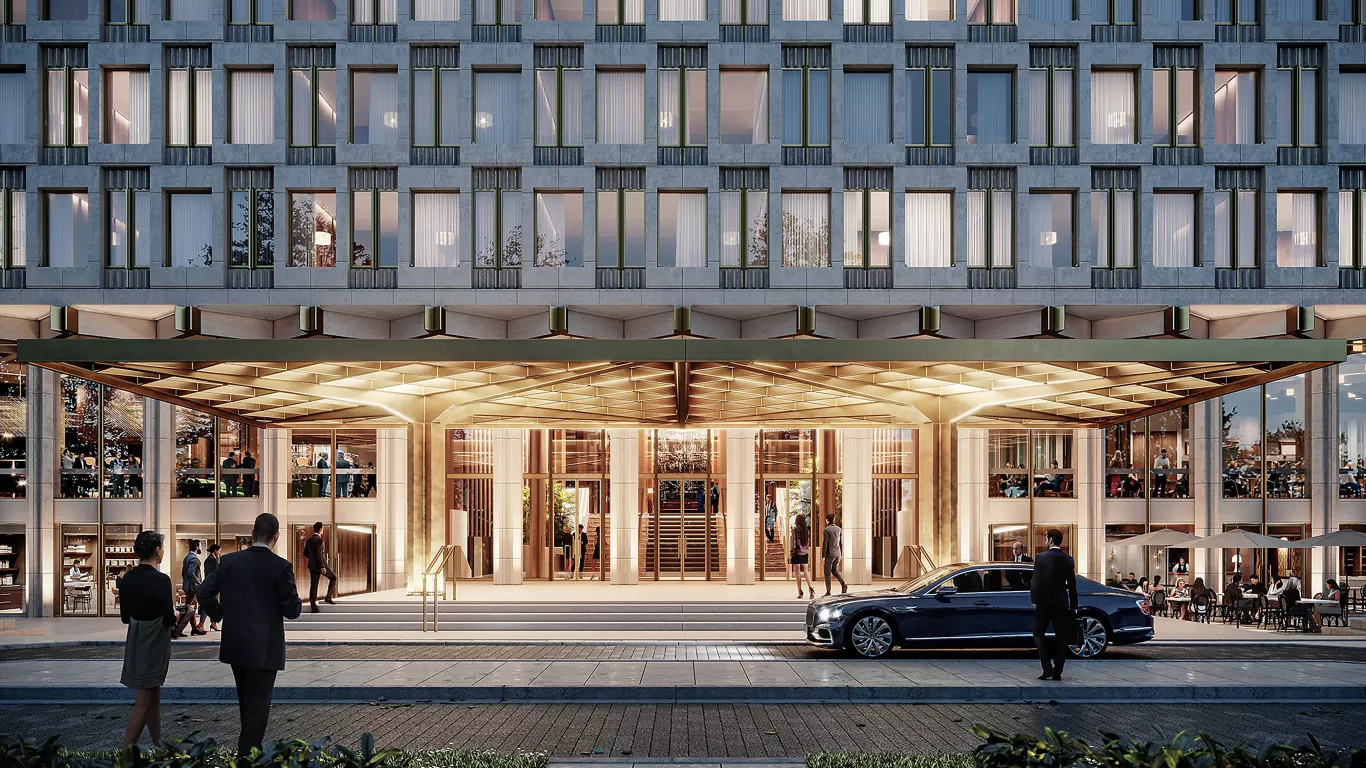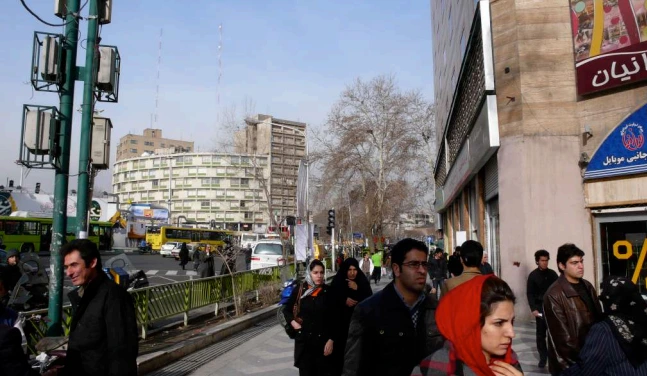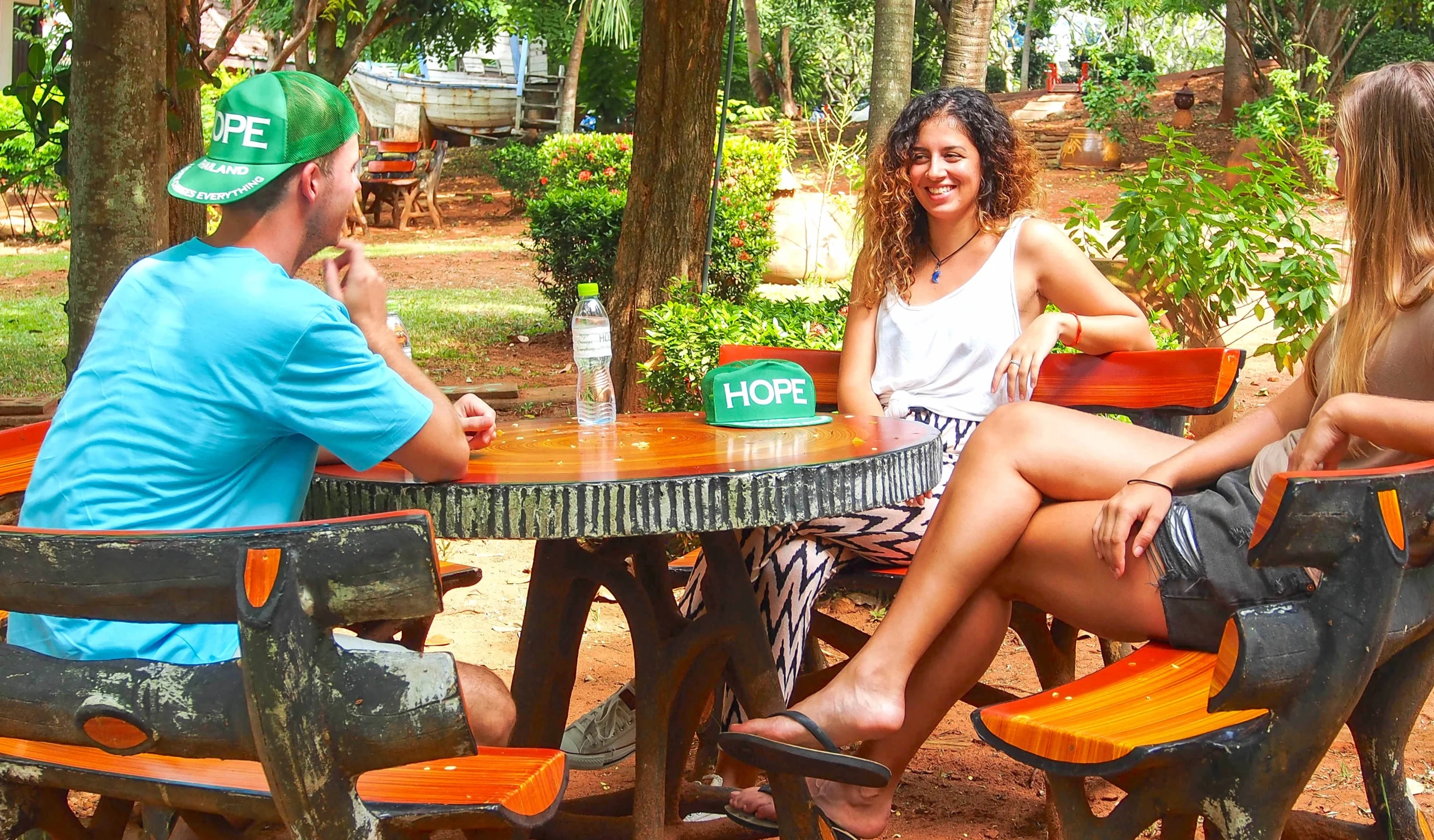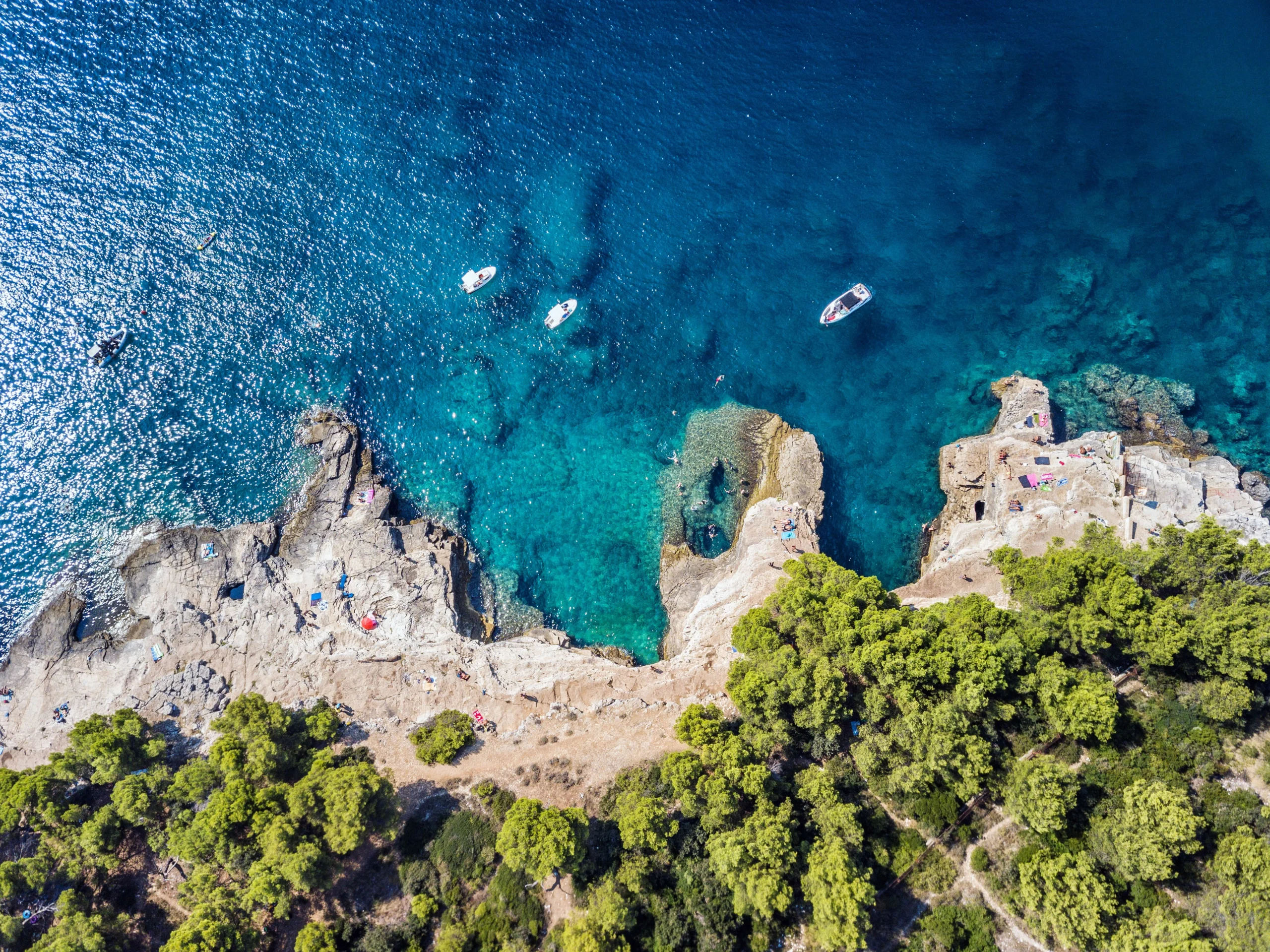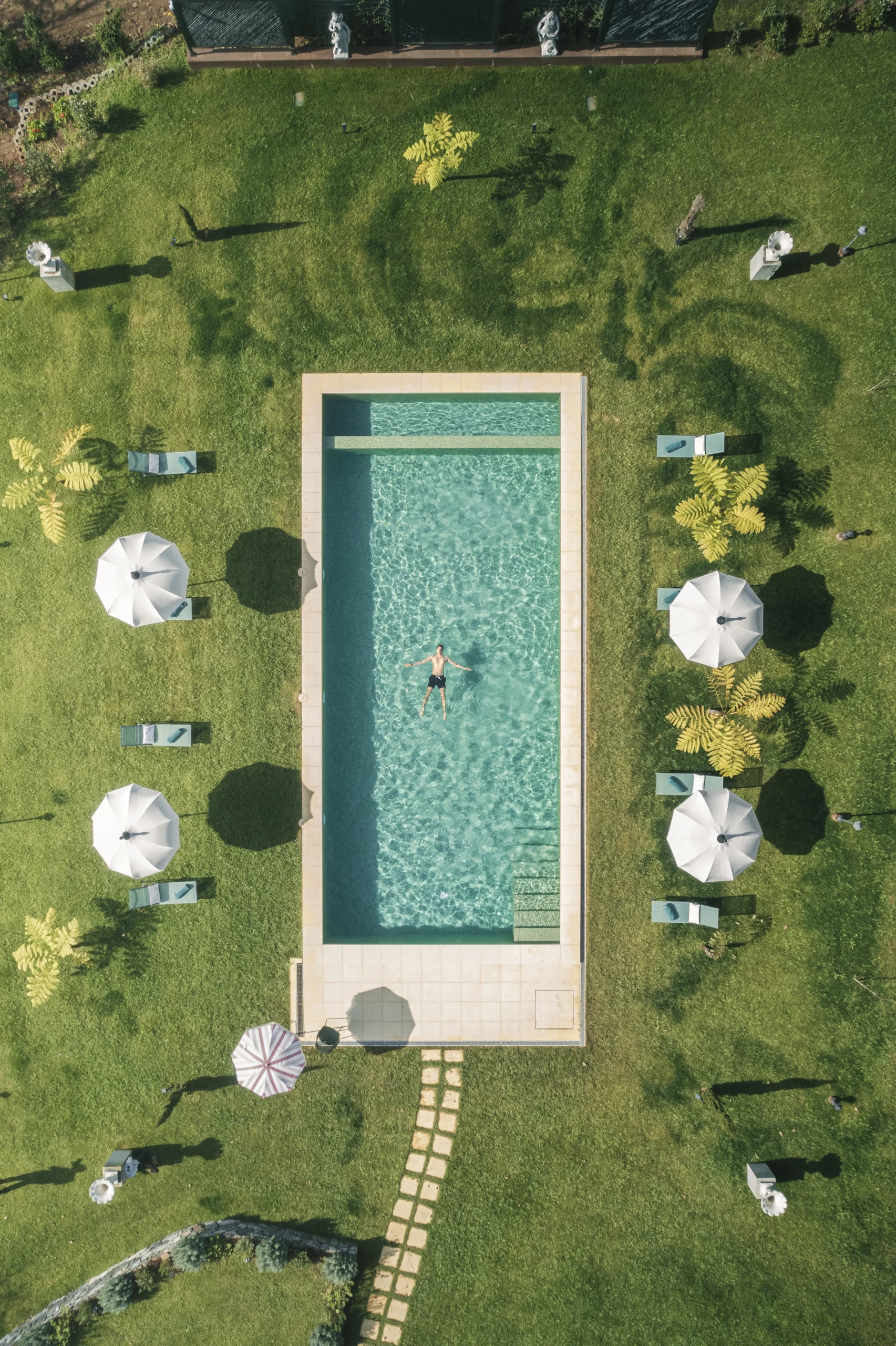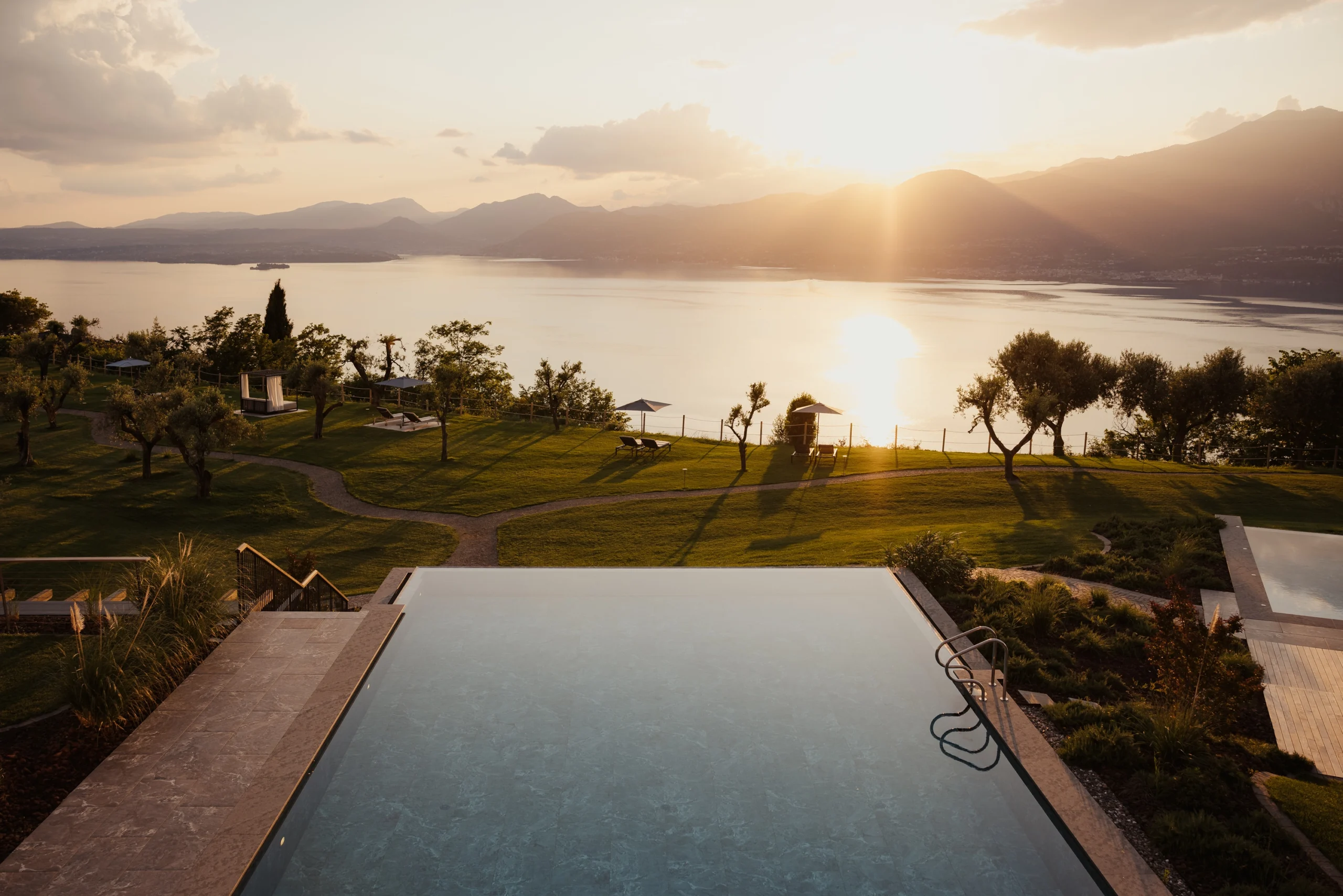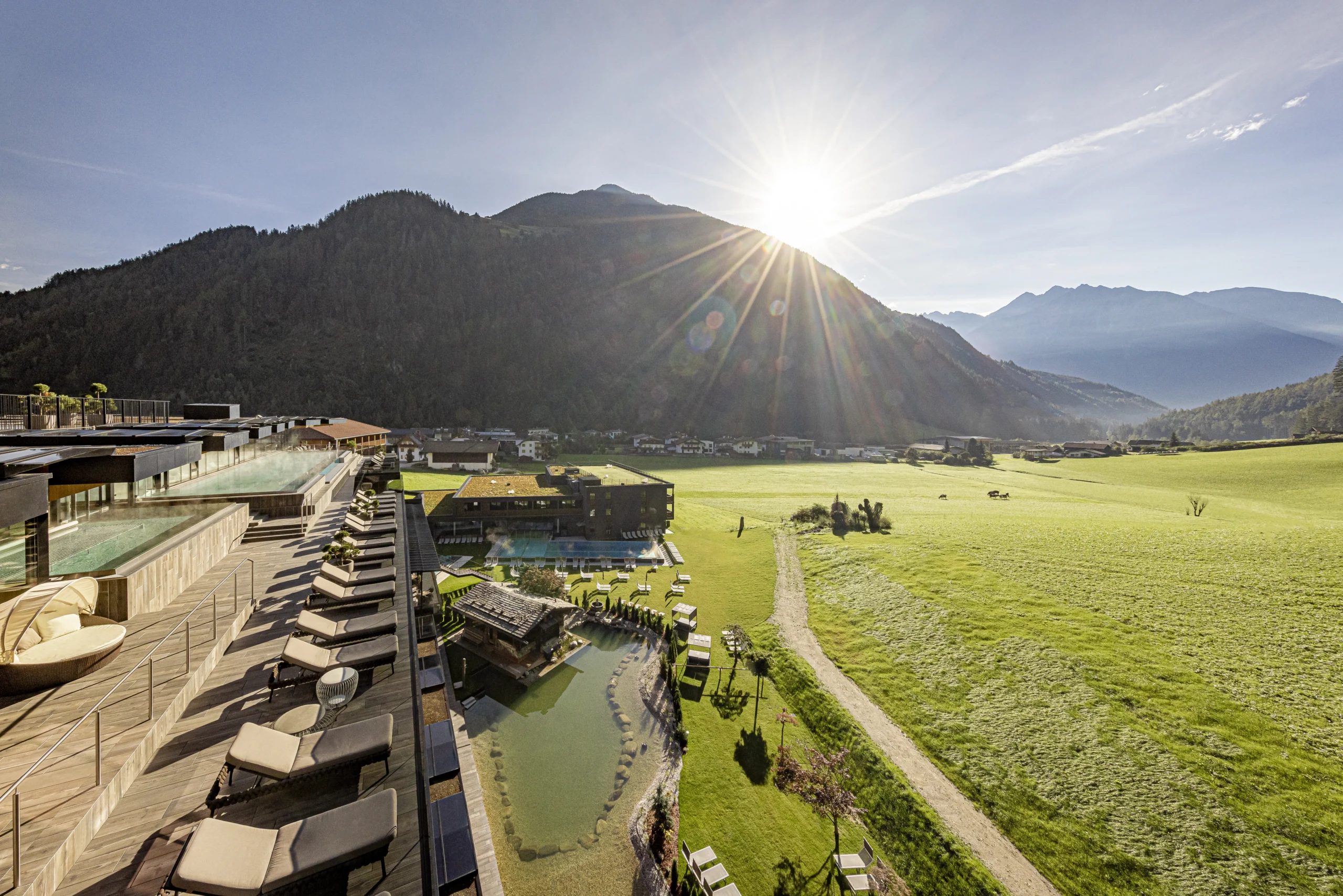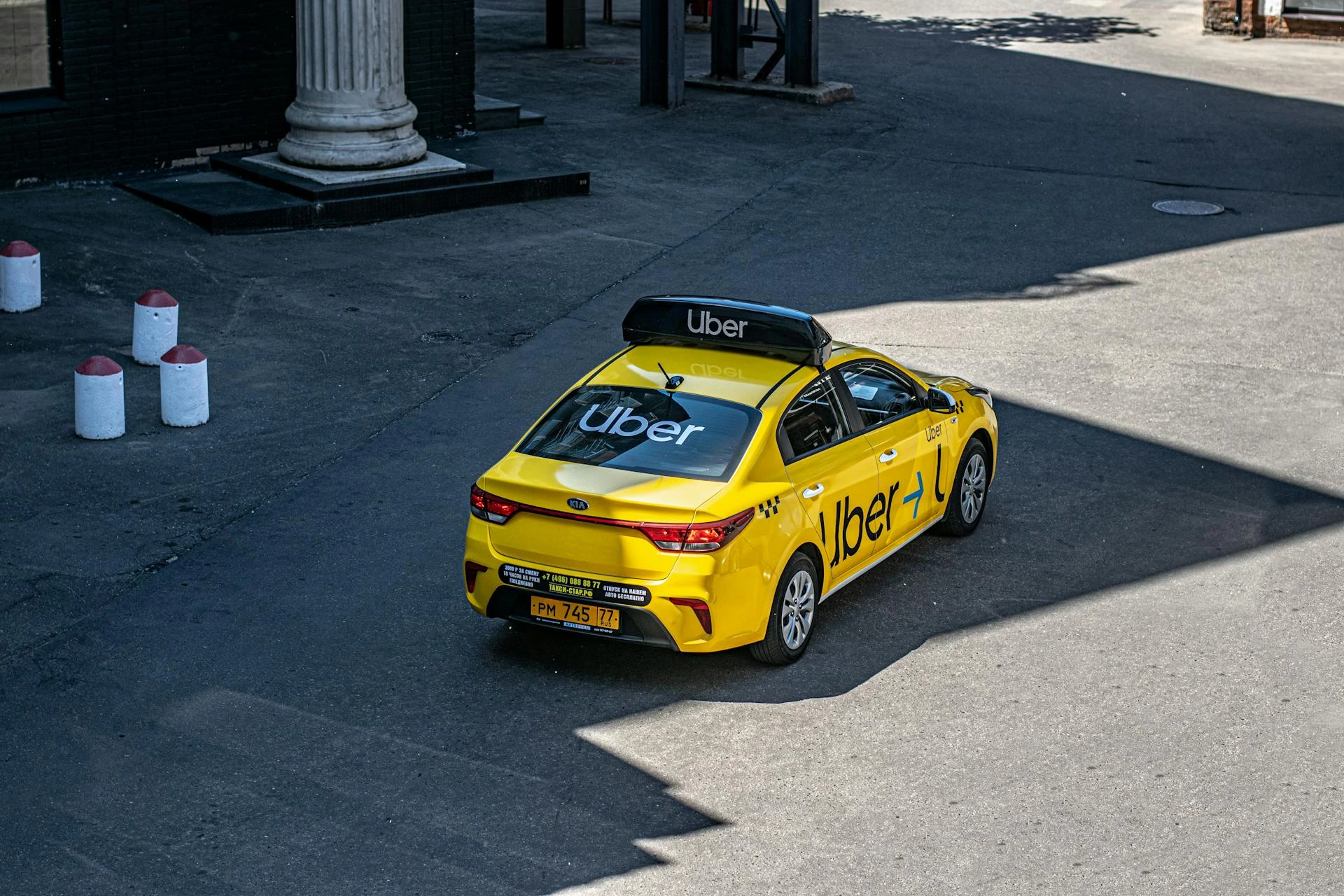Let It Be… your next getaway: inside George Harrison’s £40-a-night wellness retreat

Andrew Horn
- Published
- Business Travel
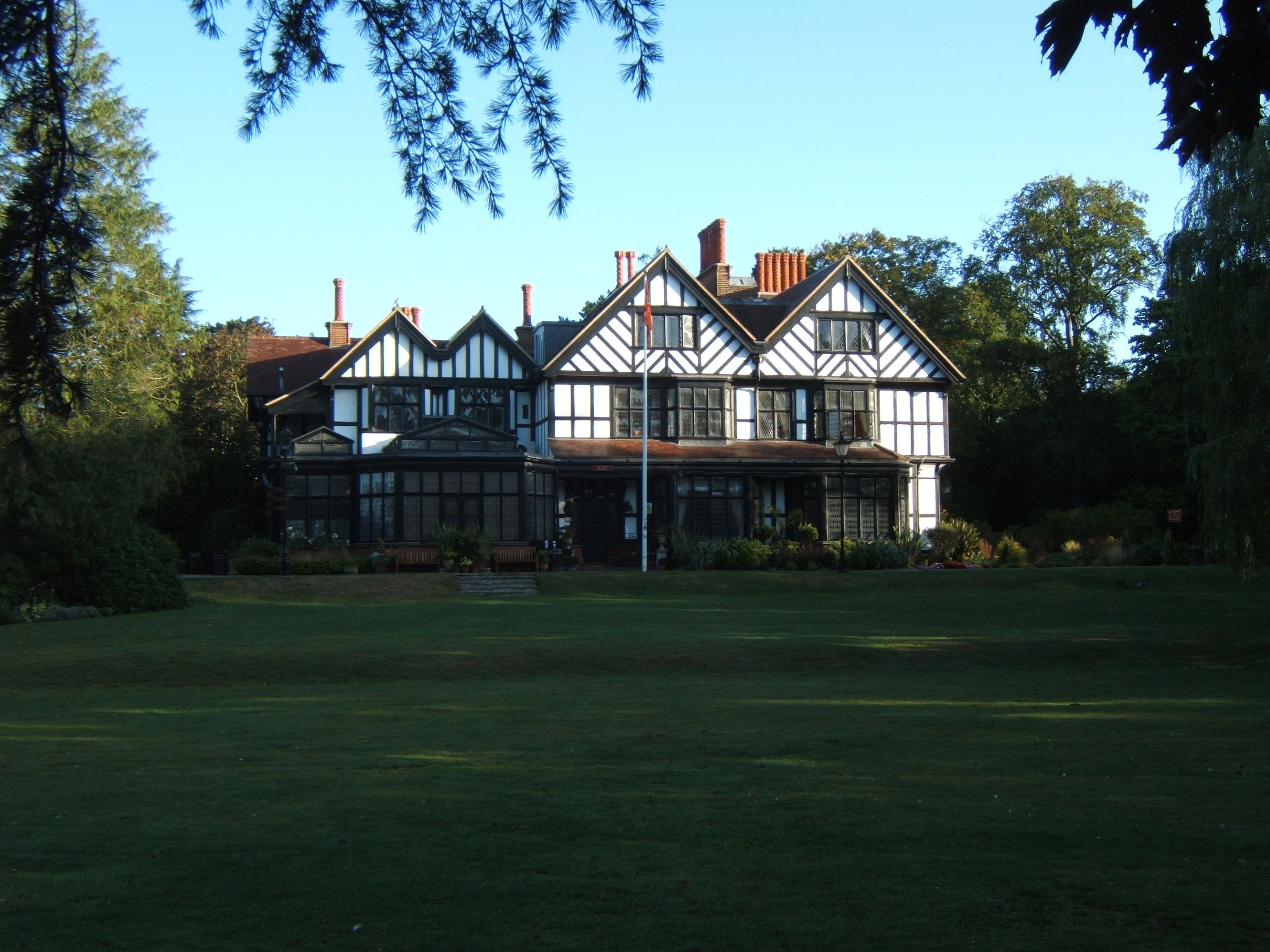
While Beatles fans flock to Abbey Road and Penny Lane, there’s a hidden sanctuary just outside London where George Harrison’s spiritual journey lives on. And for business travellers seeking a rare kind of reset, it offers something far more powerful than a selfie on a zebra crossing, writes Andrew Horn
By the early 1970s, the Beatles had played their final notes as a band. Paul McCartney announced his departure in April 1970, and though the legal paperwork dragged on until late 1974, the group’s final chapter had already closed.
While the world obsessed over the breakup, George Harrison quietly began building something far removed from the limelight. In 1973, three years after the split became public, he purchased a sprawling country manor near Watford.
While it all sounds very rock and roll, the truth is more surprising. Harrison, ever the quiet seeker, didn’t keep it for himself but gave it to the Hare Krishna movement, thereby creating a working spiritual sanctuary for anyone, regardless of belief and background, searching for peace.
I should know. I lived there.
For 22 years, I swapped the deadlines and distractions of modern life for the stillness of Bhaktivedanta Manor. I rose before dawn to tend the sacred cows, sang ancient mantras in the temple Harrison helped to sustain, and walked the gardens he designed before most office workers had stirred from sleep. And even now, returning as a visitor rather than a resident, I’m reminded why this place holds the key to understanding the man behind some of the most spiritual music of the 20th century.
There are plenty of Beatles-themed tourist attractions with curated exhibits and photo opportunities, but this place isn’t one of them. Harrison’s real legacy lives quietly in the rhythms of daily life here, through the soft chants of morning prayer, the scent of sandalwood drifting from the temple, and the simple vegetarian meals shared among visitors and residents.
Bhaktivedanta became Harrison’s way of quietly influencing a different kind of revolution, one rooted in compassion and simplicity rather than stadium anthems. He visited often and spent time walking the same gardens that now carry his name. The pathways remain unchanged. You can still follow the same gentle curve of the George Harrison Memorial Garden, pausing at the engraved verses that inspired him to write songs like My Sweet Lord and Awaiting on You All.
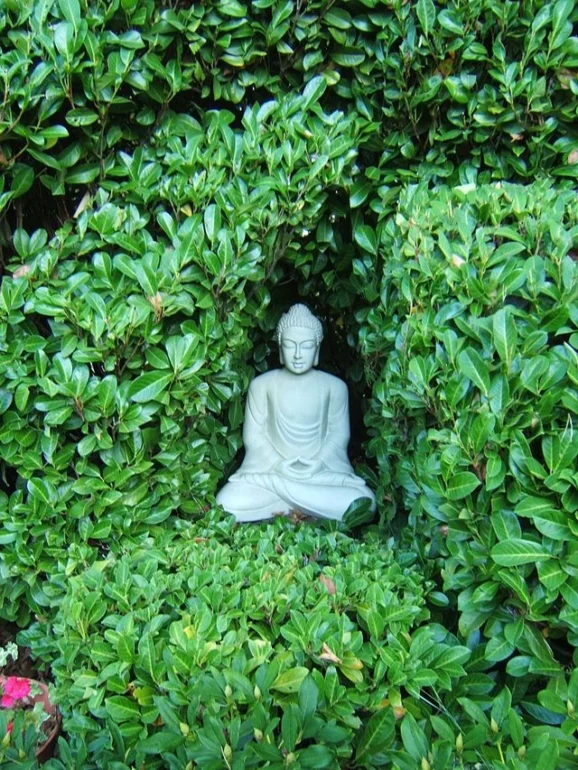
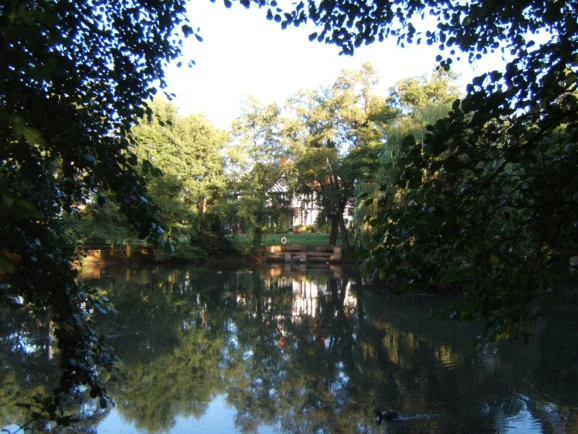
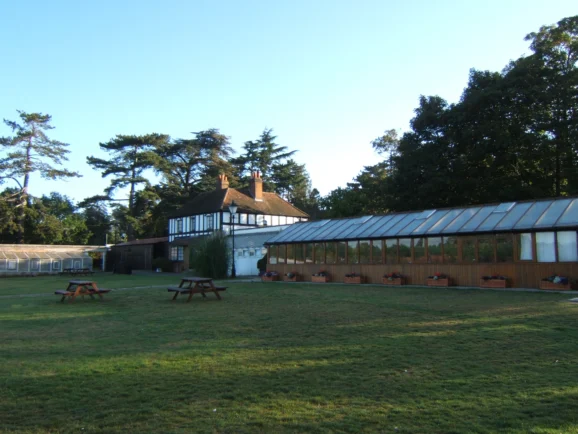
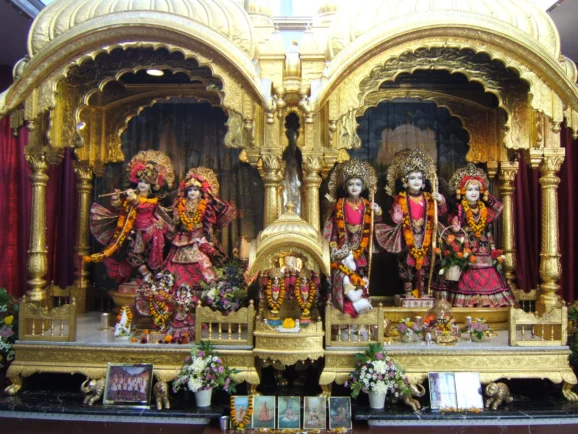
I often wondered if the other Beatles ever wandered these grounds. While there’s no official record of Lennon or McCartney visiting after Harrison took ownership, this place feels like a natural continuation of the band’s spiritual explorations. In the final years before their split, they famously travelled to Rishikesh in India to study with the Maharishi Mahesh Yogi, chasing the same sense of peace that Harrison eventually found here in Hertfordshire.
Every stone and turning path holds a reminder of how far Harrison travelled spiritually, even after the Beatles had gone their separate ways. And for those who come here seeking a break from the endless noise of business life, it offers something far more enduring than a momentary escape.
There’s something about this place that resists the idea of time altogether. While the world outside moved on to the next trend, the next album, the next business deal, life here remained steady and quiet, just as Harrison intended.
During my years living here, I’d often walk the grounds at dawn, the same hour Harrison preferred for reflection. He once said that sunrise was the time when the mind is most at peace, and wandering through the mist-covered gardens then, it was easy to believe it.
He didn’t admire Eastern philosophy from a distance, as so many celebs do. Harrison really lived it. The cows he helped protect – or at least their descendants – still graze in the sanctuary’s pastures. Their milk, given freely and never exploited, is used in the temple kitchens to prepare the vegetarian meals offered to visitors. Even today, those meals follow the same recipes and principles of non-violence that Harrison championed.
Visitors sometimes arrive expecting to find a plaque or a statue, something to commemorate the rock star who once walked these paths. But his legacy is written more subtly here: in the rhythms of daily life, in the devotional songs echoing through the marble halls, and in the scent of fresh marigolds laid on the temple altar.
If you want to understand who George Harrison really was after the final chords of Let It Be faded, you won’t find the answer on a Beatles tour. But you might find it here, in the soft chants of the temple, the simple meals shared among strangers, and the silence of a garden that still carries his hopes for a more peaceful world.
How to Visit
How to Get There
Bhaktivedanta Manor is around 40 minutes from London by road or rail. The nearest train stations are Watford Junction, Radlett, and Bushey. Taxis are available at all stations. On Sundays, a dedicated shuttle minibus runs from Stanmore Underground Station to the temple between 11am and 12.30pm, with return trips in the afternoon. The fare is £1 per person, and advance booking is recommended.
Entry Costs and Staying Over
Entry to the estate is free on most days, though tickets are required for major festivals such as Janmashtami and Diwali.
For visitors looking to stay overnight, the on-site guesthouse offers peaceful accommodation in the quiet conservation area near the temple. There are six individually styled bedrooms—single, twin, and double—set over two floors.
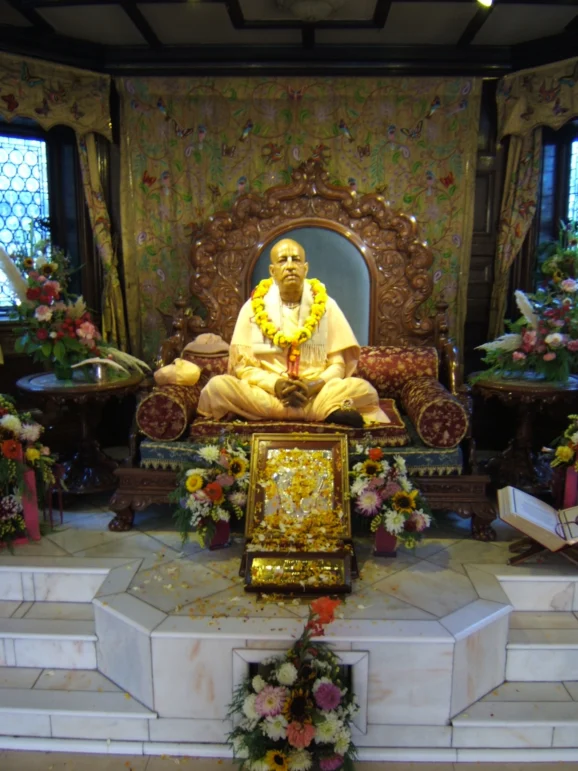
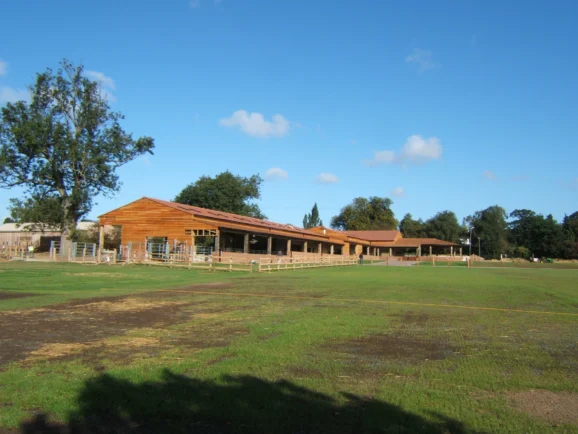
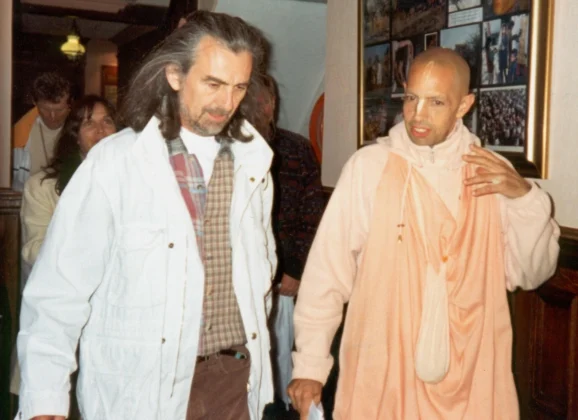
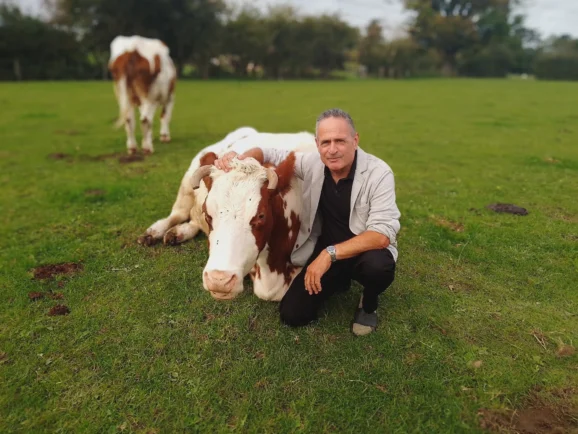
Rooms are comfortably furnished with central heating, free Wi-Fi, a work desk, complimentary bottled water, and useful extras such as hairdryers and alarm clocks. Bathrooms include heated towel rails, soft towels, and designer toiletries.
While the guesthouse doesn’t provide hotel-style services like room service or minibars, it offers clean, calm surroundings ideal for rest and reflection. Prices start from £40 per night, and bookings should be made in advance through the temple’s website.
Longer Stays – The ‘Be A Monk’ Experience
For those looking to immerse themselves more fully in spiritual life, Bhaktivedanta Manor offers the Be A Monk residential course. This week-long programme provides a structured introduction to meditation, yoga philosophy, and devotional practice.
Participants join in daily temple ceremonies, learn the principles of vegetarian cooking, and take part in guided meditation and philosophy classes. Accommodation is provided within the temple grounds, and all meals are included.
The programme costs £75 and is open to anyone interested in learning more about mindful living and the Hare Krishna tradition. Places are limited and must be booked in advance.
When to Go
The Manor is open all year. Weekdays offer the quietest experience, while Sundays and major festivals create a lively and colourful atmosphere.
Don’t Miss:
– Prasadam, the sacred vegetarian meal served free on Sundays and during festivals.
– The George Harrison Memorial Garden—walk it early for a peaceful start to the day.
– A temple ceremony—whether you choose to take part or simply observe, it’s a moving experience.
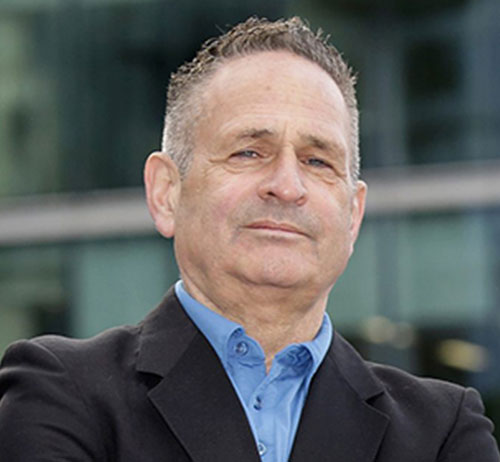
Author Andrew Horn, the son of the great neuroscientist Sir Gabriel Horn and grandson of the socialist peer Baron Soper, is widely regarded as one of the world’s leading experts on traditional Indian and Sanskrit drama whose English translation of the epic 16th-Century Vidagdha Madhava by Rupa Goswami is considered the most accurate ever published. Despite his notable lineage, Andrew chose a different path, becoming a Hare Krishna monk for 20 years. During this time, he was given the name ‘Arjundas Adhikari’, signifying devotion to the hero Arjuna from the Mahabharata. He also appeared on Top of the Pops with Boy George for the singer’s 1991 hit, Bow Down Mister.
Photos courtesy Ilya Mauter and Richard J. Cole (Creative Commons).
Sign up to The European Newsletter
RECENT ARTICLES
-
 Countdown to Davos 2026 as Switzerland gears up for the most heated talks in years
Countdown to Davos 2026 as Switzerland gears up for the most heated talks in years -
 Prague positions itself as Central Europe’s rising MICE powerhouse
Prague positions itself as Central Europe’s rising MICE powerhouse -
 Bleisure boom turning Gen Z work travel into ‘life upgrade’
Bleisure boom turning Gen Z work travel into ‘life upgrade’ -
 Europe’s property market shows fragile recovery as EXPO REAL survey highlights housing demand and policy strain
Europe’s property market shows fragile recovery as EXPO REAL survey highlights housing demand and policy strain -
 Inside London’s £1bn super-hotel with £20k penthouses, private butlers and a gilded eagle
Inside London’s £1bn super-hotel with £20k penthouses, private butlers and a gilded eagle -
 The five superyacht shows that matter most
The five superyacht shows that matter most -
 A world in gold: Andersen Genève launches the Communication 45
A world in gold: Andersen Genève launches the Communication 45 -
 Uber plots Channel Tunnel disruption with app-bookable high-speed trains
Uber plots Channel Tunnel disruption with app-bookable high-speed trains -
 Game, set...wax. Billie Jean King statue unveiled in New York
Game, set...wax. Billie Jean King statue unveiled in New York -
 How a tiny Black Forest village became a global watchmaking powerhouse
How a tiny Black Forest village became a global watchmaking powerhouse -
 Memories of Tehran, a city of contrasts
Memories of Tehran, a city of contrasts -
 Addiction rehab and recovery at Hope Thailand
Addiction rehab and recovery at Hope Thailand -
 Capital gains: inside Kinshasa’s flagship five-star hotel
Capital gains: inside Kinshasa’s flagship five-star hotel -
 This under-the-radar spot is Europe’s best late summer escape
This under-the-radar spot is Europe’s best late summer escape -
 Why Madeira is Europe’s ultimate island retreat
Why Madeira is Europe’s ultimate island retreat -
 Three resorts, three generations, and one extraordinary family legacy
Three resorts, three generations, and one extraordinary family legacy -
 Wellness with a view at Cape of Senses
Wellness with a view at Cape of Senses -
 Travel across five European countries by train in under one day
Travel across five European countries by train in under one day -
 Spring into Ahrntal – the best-kept secret of the Italian Alps
Spring into Ahrntal – the best-kept secret of the Italian Alps -
 Stanley Johnson discovers the Mediterranean’s best-kept secret
Stanley Johnson discovers the Mediterranean’s best-kept secret -
 You can now sleep at the Ritz for £16 — here's how
You can now sleep at the Ritz for £16 — here's how -
 Disneyland marks 70th anniversary with year-long programme of events
Disneyland marks 70th anniversary with year-long programme of events -
 Is this the ultimate camper for digital nomads?
Is this the ultimate camper for digital nomads? -
 Let It Be… your next getaway: inside George Harrison’s £40-a-night wellness retreat
Let It Be… your next getaway: inside George Harrison’s £40-a-night wellness retreat -
 Uber goes the extra mile for fares in Puerto Rico
Uber goes the extra mile for fares in Puerto Rico





